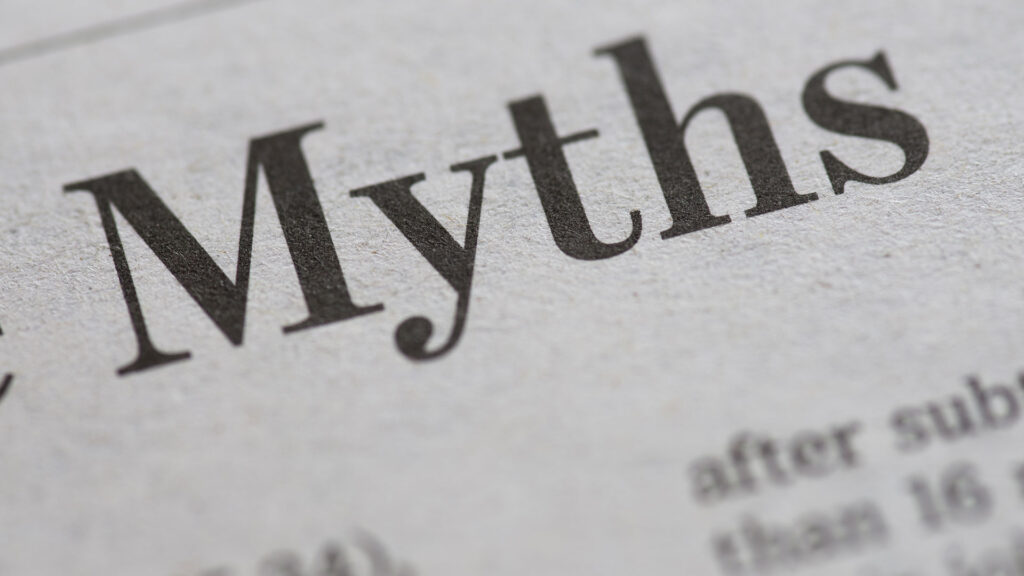Though corporations have known the dangers of asbestos for decades, it wasn’t until the late 20th Century that legislators began to push for a ban on the substance. Until the 1980s, asbestos was used liberally in over 3000 products in the United States in both industrial and commercial settings. Efforts to completely ban the fibers were thwarted in 1989, when the United States Environmental Protection Agency’s Asbestos Ban and Phase-Out Rule was amended to permit products with a history of asbestos use.
When this ban was reversed, legacy use products gained protection so long as they contain less than 1% of asbestos. As a result, asbestos-containing materials can still be found on the market today. We now know that there is no safe level of exposure1, and that even products containing less than 1% asbestos can cause deadly cancer later in life. While asbestos imports have drastically reduced in the United States, 340 tons were imported in 2016 for direct use, and thousands of products containing the fibers are often imported from China and other countries that still use asbestos heavily. Global consumption remains at about 2 million tons annually, despite efforts in many countries to ban the substance2.
Products Containing Asbestos
Thanks to its heat resistance and flexibility, asbestos was widely used in a variety of industries, most commonly construction and manufacturing. Asbestos was used so liberally that it became known as the “miracle mineral”, and was a staple in products that needed to be heat-resistant.
Common Asbestos Products
Today, asbestos is most commonly found in industrial products such as insulation and roofing tiles. In fact, over 90% of today’s asbestos use is in cement sheets and pipes2. The following products commonly contain asbestos fibers:
- Automobile Parts
- Brake pads
- Gaskets
- Clutches
- Construction
- Roofing tiles
- Prefabricated cement
- Corrugated sheeting
- Vermiculite insulation in homes
- Pipe insulation
- HVAC heating and air conditioning units
- Textiles
- Firefighter uniforms
- Protective gear including gloves for craftsmen such as glassblowers
- Chlorine Industry
- The chlorine industry is one of the only industries in the United States that is actively and explicitly using asbestos in a product. Their diaphragms are exempted from the EPA regulations, though alternatives exist. Factories resist converting to the alternative due to cost and time; it can take from 1.5 to 2.5 years to completely convert a factory from asbestos diaphragms to the much safer polymer products.
Asbestos in Consumer Products
Recent discoveries of asbestos fibers in household products have led to renewed efforts at a ban, as the public pushes back against asbestos-related disease. Many of these contaminated products are toys, leaving children exposed to deadly asbestos at an early and vulnerable age while they play with potentially fatal products.
Children’s exposure to asbestos is especially troubling, and children are 3.5X more likely to develop mesothelioma than those exposed later in life, due to long latency periods for the disease11.
- Crayons — 2015
- Asbestos fibers were found in Crayola and Roseart crayons in 2000 and again in 2015.
- Toy Cars — 2008
- In 2008, asbestos was found in toy cars manufactured in China. The asbestos was linked to talc used as a binding agent in the toy.
- Crime Scene Kit Toys –2015
- In 2015, asbestos again linked to talc was found in the fingerprinting powder in children’s crime scene kits.
- Children’s Makeup — 2018
- In January of this year, the teen fashion and accessory store Justice was linked to asbestos when the substance was found in many of their makeup products. As a result, the store announced a recall of 8 of their makeup products in February 2018.
- Potting Soil
- Potting soils containing vermiculite have been linked to asbestos, due to cross-contamination in the mineral sites. Vermiculite deposits are often found in close proximity to asbestos deposits, and avoiding cross-contamination is incredibly difficult. As a result, many products containing vermiculite also contain trace amounts of asbestos dust.
Continued Risks of Asbestos
Though the direct use of asbestos-containing materials has slowed, asbestos exposure continues to pose a threat to all Americans. As asbestos ages, it becomes “friable”, meaning that it is easily crumbled into inhalable dust.
On September 11th, 2001, thousands of first-responders and citizens were exposed to asbestos in the air after the attacks on New York’s World Trade Center. Asbestos dust from destroyed buildings blanketed the city, leading to countless cases of asbestos-related diseases including cancer.
Current rules require the safe removal of asbestos from schools and other buildings. This removal, or asbestos abatement, must be conducted by trained professionals, as the removal process creates dusty conditions that can be hazardous.
Renewed Hope for Asbestos Ban
Renewed concerns over the dangers of asbestos exposure in the United States have given new life to efforts to ban the material completely. Researchers have shown that there is no safe amount of exposure, which means that the 1% cap on asbestos in products may not be enough to protect Americans from asbestos-related disease.
In 2016, the Frank R. Lautenberg Chemical Safety for the 21st Century Act amended the EPA’s existing Toxic Substances Control Act7. Under the Act, the EPA is required to revisit and assess a list of 10 priority chemicals to determine their safety. If results are conclusive, this could lead to a complete ban of all asbestos in the United States.
Citations
- Osha.gov (2018, March). Asbestos. Retrieved from https://www.osha.gov/SLTC/asbestos/
- Castleman, Barry (2016, January 19). The export of hazardous industries in 2015. Retrieved from https://ehjournal.biomedcentral.com/articles/10.1186/s12940-016-0091-6
- Agency for Toxic Substances & Disease Registry (2016, January 29). Asbestos Toxicity: Where is Asbestos Found? Retrieved from https://www.atsdr.cdc.gov/csem/csem.asp?csem=29&po=5
- Cherrie, et al (2005, October 3). Exposure and risks from wearing asbestos mitts. Retrieved from https://particleandfibretoxicology.biomedcentral.com/articles/10.1186/1743-8977-2-5
- EPA.gov. Protect Your Family From Asbestos-Contaminated Vermiculite Insulation. Retrieved from https://www.epa.gov/asbestos/protect-your-family-asbestos-contaminated-vermiculite-insulation
- EPA.gov. U.S. Federal Bans on Asbestos. Retrieved from https://www.epa.gov/asbestos/us-federal-bans-asbestos
- EPA.gov. The Frank R. Lautenberg Chemical Safety for the 21st Century Act. Retrieved from https://www.epa.gov/assessing-and-managing-chemicals-under-tsca/frank-r-lautenberg-chemical-safety-21st-century-act
- Mesothelioma + Asbestos Awareness Center (2017, October 25). The Chlorine Industry Still Relies on Asbestos Despite Safer Alternatives. Retrieved from https://www.maacenter.org/blog/the-chlorine-industry-still-relies-on-asbestos-despite-safer-alternatives/
- EPA.gov. Asbestos Laws and Regulations. Retrieved from https://www.epa.gov/asbestos/asbestos-laws-and-regulations#ahera
- Mesothelioma + Asbestos Awareness Center (2017, November 29). Asbestos Products: Toys, Makeup, Talcum Powder & More Contaminated by the Toxin. Retrieved from https://www.maacenter.org/blog/asbestos-products-toys-makeup-talcum-powder-more-contaminated-by-the-toxin/
- Asbestos Nation. Tests Find Asbestos in Kids’ Crayons, Crime Scene Kits. Retrieved from http://www.asbestosnation.org/facts/tests-find-asbestos-in-kids-crayons-crime-scene-kits/



